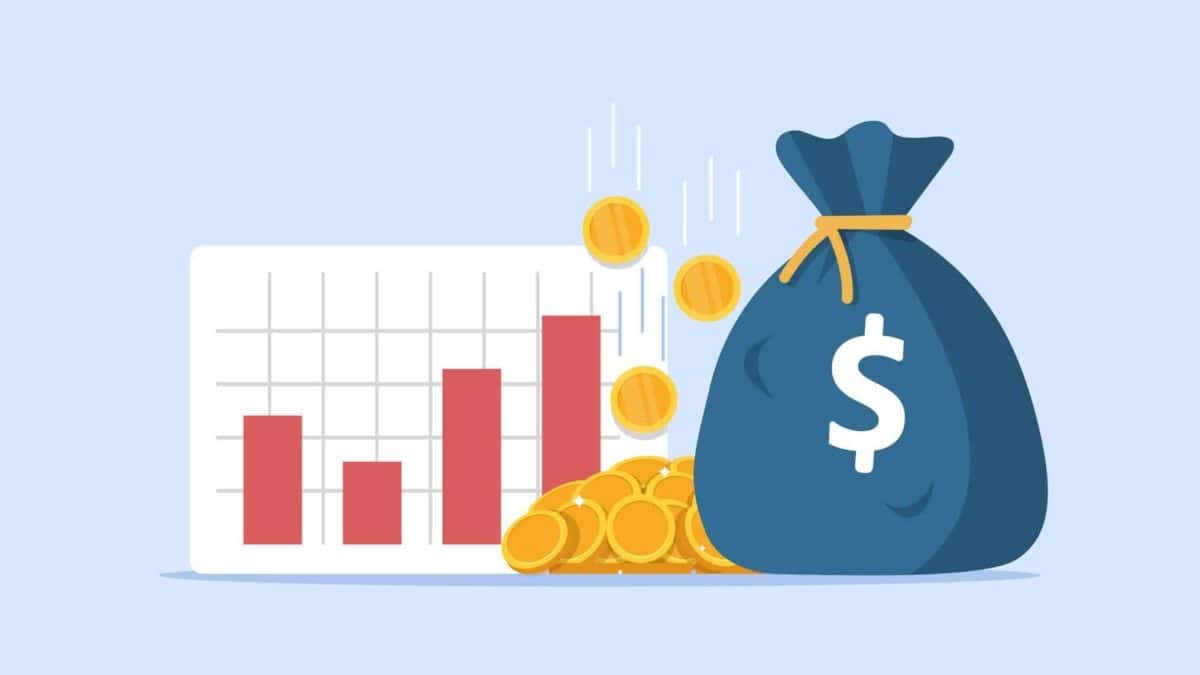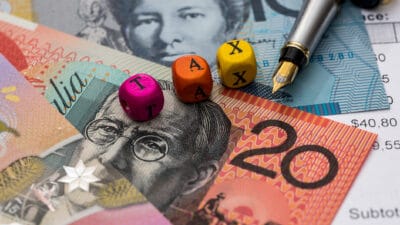If you ask people about their favourite days of the year, many will nominate their birthdays, Christmas, or maybe a wedding anniversary.
Now, for the record, my wedding anniversary is obviously my favourite day of the year.
And as a parent, there is nothing that beats being part of the joy that Christmas brings for a child.
But those aside, I have some, ahem, strange favourite days.
I've written before that I really, really like Budget Day (and once got a cab home, rather than a tram, to avoid missing watching the speech, live!). It's a day that combines finance, public policy and a very outward expression of democracy. I know, but I like it anyway.
Another of my favourite days doesn't really have a name, but I'm going to call it, somewhat unimaginatively, 'Vanguard Index Chart Day'.
I know this will surprise you, given how cryptically I've named it, but it's the day, each year, that the fund manager, Vanguard, releases its updated 30-year index chart.
I know, I know… not exactly the most important or exciting thing that'll happen this year.
But stick with me.
See, as I said to my colleagues (and on Twitter) this morning:
"Other than currency or stock certificates, if you truly *get* the power of this chart, it might just be the most valuable single sheet of paper in the world…"
Have I got your attention now?
See that one piece of paper neatly shows — perhaps better than anything else I've ever seen — the devastatingly huge power of compounding.
And here it is:

At the bottom left, a hypothetical $10,000 was invested in Australian shares in 1991.
At the top right, the result of 30 years of uninterrupted compounding (excluding brokerage and tax).
The result?
Your $10,000, invested on July 1, 1991, was worth more than $160,000, three decades later.
Three decades that included two recessions, the Asian Financial crisis, the dot.com crash, the GFC and, yes… that little thing called COVID.
Despite all of that — and lots more — 10 gorillas became 160.
By doing precisely… nothing.
Not a bloody thing.
Just leaving well enough alone.
Of course, if you'd regularly added through that time, imagine how much you'd have, now.
Sure, but that was then, this is now, right?
Yep.
Except I've been banging on about precisely the same thing for more than a decade, now.
And, even if the annual return varies slightly, depending on the year, my advice hasn't changed.
And, to borrow a line from Nike: just do it.
There are thousands of excuses.
The level of the market.
Interest rates.
Money printing.
The Fed.
Bitcoin (CRYPTO: BTC).
The economy.
COVID.
SARS (remember that?)
The GFC.
I could go on.
And yet, despite ALL — not one, or two, but ALL — of those things, the ASX has returned 9.7% per year on average over the last 30 years.
When was a good time not to invest? Never.
Sure, in hindsight, we can easily tell the highs and lows. And, if I had a crystal ball or time machine, I'd take full advantage.
But without either device?
My advice is simple.
Invest.
Invest today. And tomorrow. And next week. And next month. And next year.
Some of those days will, in hindsight be unfortunately high.
Some will be remarkably low.
But, unless financial history finally stops repeating, the biggest mistake is not investing at all.
Me?
I'm always almost fully invested.
The only cash I keep is just whatever adds up between the automatic transfer each payday and wherever I get around to buying.
I try not to leave it too long.
Because the market has always gone up, over time.
The longer you wait, statistically speaking, the more money you're leaving on the table.
Yes, sometimes it sucks.
February and March last year come to mind when the market fell 38%.
But since then?
The ASX has made all of that back, and more.
Plus paid dividends.
I know some really smart people who missed the recovery, by trying to be too clever.
And they truly are clever.
But perhaps also caught out by a little hubris.
In any event, this isn't about them.
It's about us.
I'm going to suggest you take the Triple H approach (with apologies to the erstwhile wrestler of the same name):
History
Humility
Heart
Because:
I want you to remember the lessons of history.
I want you to remember that none of us can predict the future, so probabilistic thinking is almost certainly the best approach.
And I want you to stick with it, with wholeheartedness, even when things get volatile. Because they will.
But Vanguard's chart shows us what can be achieved by committing, and by staying the course.
And, as I said, it actually undersells investing, because it assumes no money is added over that 30-year timeframe.
So, if you print out that chart…
… and start (or keep) investing…
… and add regularly…
It could end up being the most valuable piece of paper you've ever seen.
Fool on!









